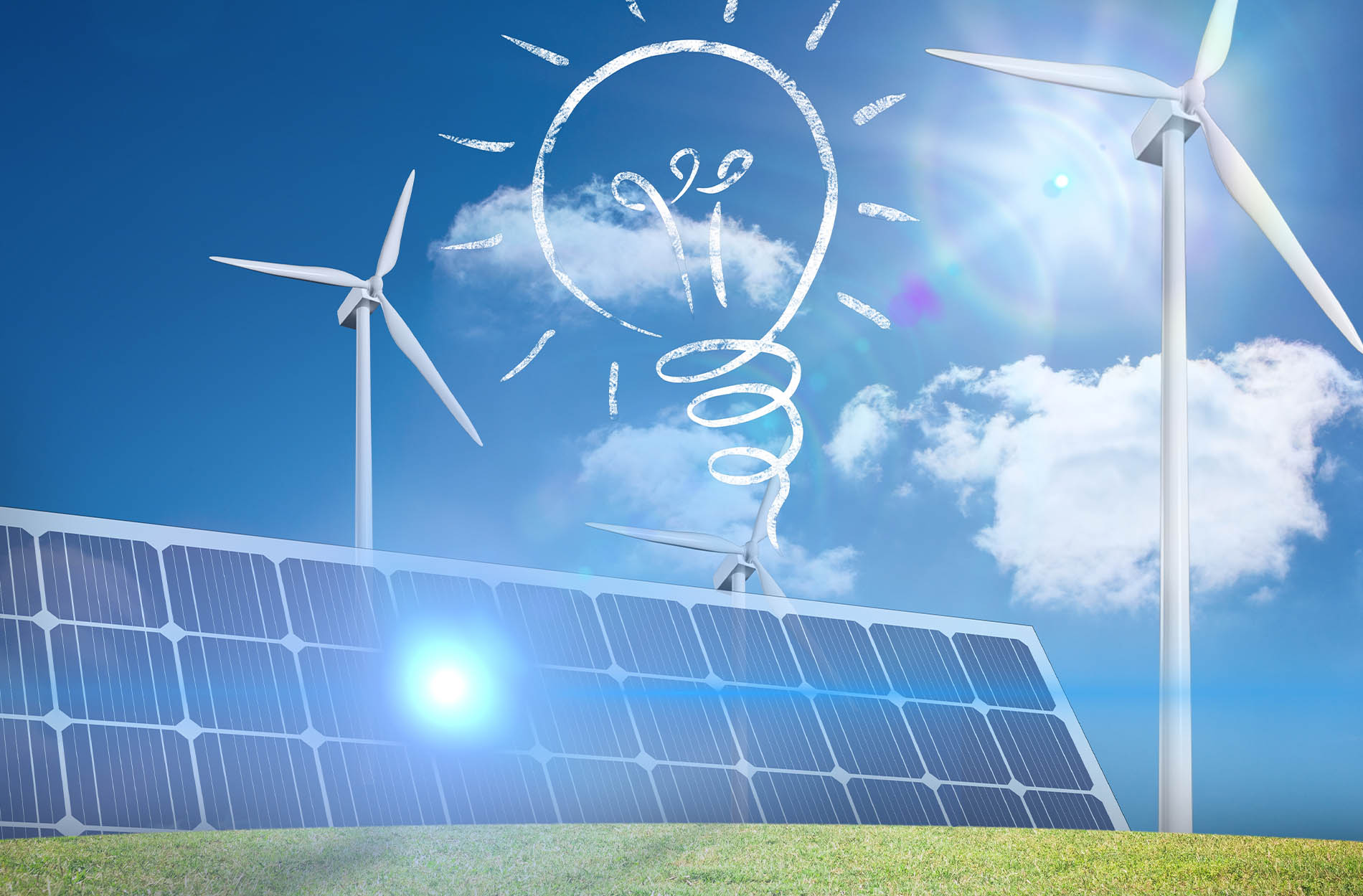Tue, 10 Oct 2023
|
Renewable energy refers to energy derived from natural sources that are continuously replenished, making them sustainable and environmentally friendly. Unlike fossil fuels, which are finite and contribute to pollution and climate change, renewable energy sources harness the power of nature to generate electricity and heat. Common forms of renewable energy include solar energy, wind energy, hydropower, geothermal energy, and biomass energy. These sources provide a clean and sustainable alternative to traditional fossil fuels, offering the potential to reduce greenhouse gas emissions, combat climate change, and create a more sustainable energy future. Renewable energy technologies continue to advance, making them increasingly cost-effective and accessible, driving the global transition towards a cleaner and more sustainable energy landscape.
Renewable energy technologies encompass a diverse range of methods for harnessing energy from natural, replenishable sources. Some of the primary renewable energy technologies include:
- Solar Photovoltaic (PV) Systems: Solar panels convert sunlight into electricity. They can be installed on rooftops, in solar farms, or integrated into building materials.
- Solar Thermal Systems: These systems capture sunlight to produce heat for various applications, including space heating, water heating, and electricity generation through concentrated solar power (CSP) plants.
- Wind Energy: Wind energy is harnessed using wind turbines, which convert the kinetic energy of wind into electricity. Wind farms can range from small-scale installations to large offshore facilities.
- Hydropower: Hydroelectric power plants generate electricity by harnessing the energy of flowing or falling water. Dams, tidal systems, and run-of-river projects are common forms of hydropower.
- Geothermal Energy: Geothermal power plants utilize heat from the Earth’s core to generate electricity and provide direct heating. This technology is often found in regions with accessible geothermal resources.
- Biomass Energy: Biomass includes organic materials such as wood, agricultural residues, and waste. It can be converted into biofuels (e.g., biodiesel and ethanol) or burned directly for heat and electricity generation.
- Ocean Energy: This category includes technologies like tidal energy, wave energy, and ocean thermal energy conversion (OTEC), which capture energy from the motion, temperature differences, and tides of the oceans.
- Hydrogen Fuel Cells: While not a direct energy source, hydrogen fuel cells use hydrogen as a clean energy carrier to generate electricity, with water as the only byproduct.
- Waste-to-Energy: This technology converts municipal solid waste into heat or electricity, reducing landfill waste and producing energy in the process.
- Biogas: Organic waste, such as food scraps and agricultural residues, can be anaerobically digested to produce biogas, which can be used for heating, electricity generation, or vehicle fuel.
These renewable energy technologies are essential components of the transition to a more sustainable and environmentally friendly energy system, helping reduce greenhouse gas emissions and combat climate change while ensuring a reliable energy supply. The choice of technology often depends on factors like geographical location, available resources, and energy needs.
Read more: Environment and Renewable Energy | PUCSL

